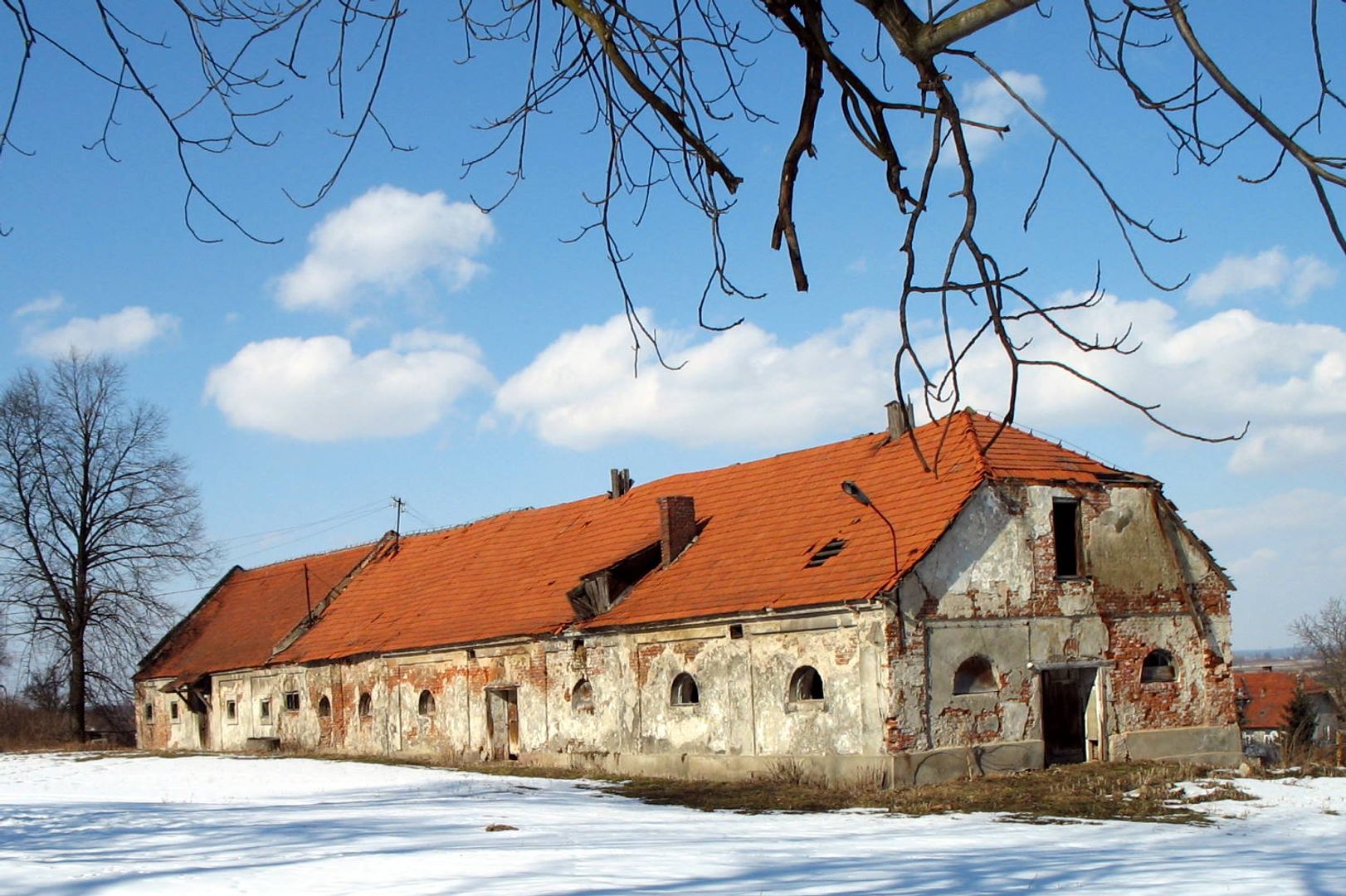Pełkinie
6.48

Overview
Pełkinie is a village in Poland, located in the Podkarpackie Voivodeship, within Jarosław County, known for its rich historical heritage. The history of the settlement dates back to prehistoric times, as evidenced by excavations from the Bronze and Iron Ages. In the 15th century, the village was owned by Spytek of Tarnów. In the 16th century, through the marriage of Zofia of the Odrowąż family to Kostka, it passed into the hands of the Tarnówski family and later the Czartoryski family. Pełkinie is home to a palace, the construction of which was completed by Paweł Karol Sanguszko in the 18th century, preserving eclectic architectural elements. The palace was surrounded by an extensive landscape park, transformed by Prince Witold Czartoryski in the English style, featuring exotic trees and ponds. The village's turbulent history includes World War II, when the Germans established a camp for Soviet prisoners of war, where thousands of people died. After the war, the estate changed owners, and the palace was converted into a Social Welfare Home. Pełkinie also features a church, originally a Greek Catholic church built in 1909, as well as old wooden houses from the early 20th century. The village remembers residents such as Kazimierz Jerzy Czartoryski and Jan Franciszek Czartoryski, who played significant roles in the region's history. An interesting fact is that in 1974, a monument commemorating the martyrdom of Soviet soldiers and a monument to the victims of World War II were unveiled. Pełkinie combines a rich cultural, historical, and architectural heritage, testifying to the complex yet fascinating past of this locality.
Location
2025 Wizytor | All Rights Reserved